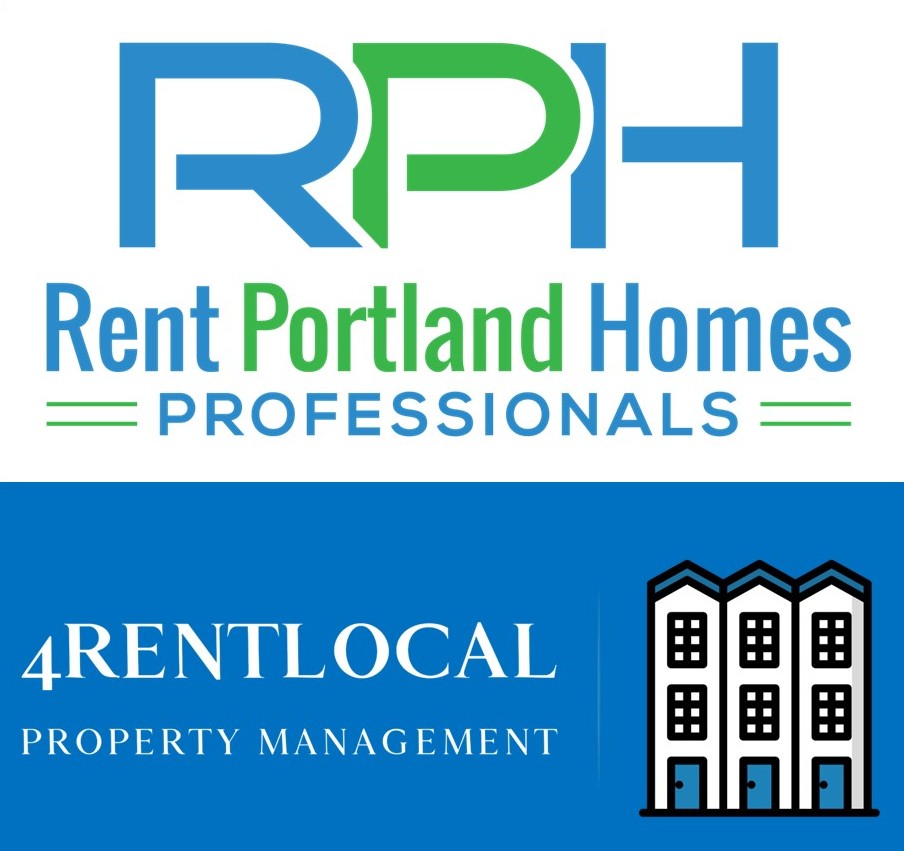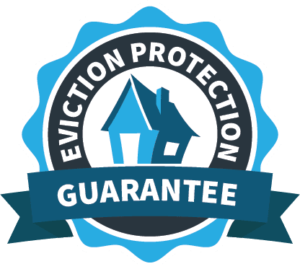9 Landlord Tax Tips Every Owner Needs to Know
Being a landlord is a great way to make a passive income, but it’s not without its financial and legal obligations.
One of the most important aspects of being a landlord is understanding the tax implications of renting out property.
Knowing the basics of filing taxes as a landlord can help you maximize your earnings while staying in compliance with the law.
In this article, we’ll discuss 9 tax tips every landlord should know. From understanding the different types of income you’ll need to report to claiming deductions, we’ll cover the essentials of tax planning for landlords. With these tips in hand, you’ll be able to reduce your tax burden and keep more of your rental profits.
Understanding Your Landlord Tax Obligations
As a landlord, you have two main types of taxable income to report. The first is self-employment income and the second is rental income.
Self-employment income is the money you make from renting out your property that isn’t subject to payroll taxes. Rental income is the money you make from leasing out your property that is subject to payroll taxes. Depending on how you file your taxes, your obligations as a landlord will change. If you’re filing as an individual and you’re the only one renting out your property, you’ll be responsible for the self-employment taxes. If you’re filing jointly and others are renting out your property, then you’ll report the rental income.
How to Report Rental Income
If you’re renting out property on a long-term basis or have a significant amount of annual income from short-term rentals, you will most likely be required to file Form 1040. To report rental income, you’ll need to tally the amount of money you received from the property, the amount of money you paid out for property expenses, and the amount you paid in taxes.
The first two totals will go toward your gross income, while the taxes will go toward your net income. Next, you’ll list the amount of money you made from other sources, as well as the amount of money you paid in taxes on that income. Then, you’ll subtract the two totals, which will give you a net-income amount that you can then use to report your rental income.
Claiming Expenses and Deductions
Listing your rental-related expenses can help you maximize your deductions. This means you’ll end up paying less in taxes. Most of the deductions you can claim as a landlord are standard expenses such as property taxes and insurance.
Other expenses you may be able to claim include maintenance or repair expenses, utilities, security deposits, and cleaning services. You can’t claim all of these expenses, but it’s always a good idea to keep track of them in case you run into an audit. If you’re audited, you’ll want to be ready to back up your claims. If you’re unsure whether you can claim certain expenses, you can talk to the IRS about them.
Deducting Home Office Expenses
If you rent out part of your home and use it as an office, you may be able to claim some of the expenses that go along with it. You can deduct the expenses that are directly related to the space. This means you can only deduct the expenses that would have gone towards the house even if you weren’t renting out the office space.
You can’t deduct the office expenses if you rent out the entire house. When calculating your home-office expenses, you can use the simplified method. The simplified method is a simpler way of calculating the expenses since you don’t need to keep track of every penny spent. You can deduct 9% of the gross income you receive from the office space.

Applying for a Tax ID Number
If you’re renting out a significant amount of property, you may want to apply for a Tax ID Number. A Tax ID Number is also known as an Employer Identification Number. This will help you track all the money you’ve made from your properties and help you avoid getting audited. If you’re renting out a significant amount of properties, you will be required to report your rental income on Schedule E. If you have significant net rental income or have rental expenses that exceed certain thresholds, you may have to use Schedule E-file.
Taking Advantage of Tax Breaks and Credits
You can take advantage of certain tax breaks and credits as a landlord. This can help you optimize your rental income and reduce your taxes. You can take advantage of these breaks and credits by filing your taxes as a business. Being treated as a business will allow you to claim deductions that you may not have been able to claim as an individual.
It will also help you avoid paying taxes on the amount of money you make from renting out your property.
– The Residential Energy Credit is a tax credit you can claim for energy-efficient improvements that you’ve made to your home. With this credit, you can save up to 10% on your taxes.
– The Mortgage Interest Credit is a tax credit you can claim if you’ve made a mortgage payment during the year. With this credit, you can save up to 25% on your taxes.
– The Capital Gains Tax Rate is the rate you pay on the capital gains from renting out your property. This rate is 15% for long-term capital gains.
– The Home Office Deduction is a deduction you can claim for office space in your home.
This deduction can help you reduce your taxes by up to $1,000.

Keeping Track of Your Rental Income
The best way to keep track of your rental income is to create a detailed spreadsheet of your properties with the dates the leases are set to expire and the amount you get from each. That way, you can easily keep track of when your leases are coming up for renewal and how much money you’ve received from each rental.
You might also want to keep track of who pays you, as this will help you stay on top of your taxes. Besides keeping a detailed spreadsheet, you should also keep track of who pays you each month. You can do this by writing down who signs the lease and keeping track of the money they pay you by writing down how much they pay each month. This will help you stay on top of your money and know when you need to file your taxes.
Understanding Tax Withholding
If you’re renting out several properties, you may want to start withholding taxes from your tenants. This will help you avoid paying a massive amount of taxes at the end of the year. You can withhold taxes for your tenants in two different ways. You can withhold based on the percentage method or the wages method. The percentage method is the most common method for landlords who have a lot of short-term tenants. You can withhold 10% of their monthly rental amount and claim it on your taxes as taxes withheld from tenants.
The wages method is most commonly used for long-term tenants. You can withhold taxes from their monthly paychecks and give them to the government for safekeeping. The government will then give it back to you when you file your taxes. This is a great way to save money because you don’t have to wait until the end of the year to pay your taxes.
Hiring a Tax Preparer or Accountant
If you’re unsure how to properly file your taxes as a landlord, you can use a tax preparer or accountant. Many tax preparers or accountants have experience preparing taxes for landlords. This means they will know all the deductions you can claim and will be able to properly file your taxes.
If you choose to hire a tax preparer or accountant, there are a few things you can do to make the process go smoothly. First, you can make sure to gather all the necessary documents and keep track of your rental income. Second, you can make sure to communicate with your tax preparer or accountant. If they ask you a question or request a document, make sure you respond as soon as possible.

At 4 Rent Local, we specialize in local property management for income properties in the PDX area. To learn more about our services, contact us today by calling (503) 447-7788 or clicking here.



































